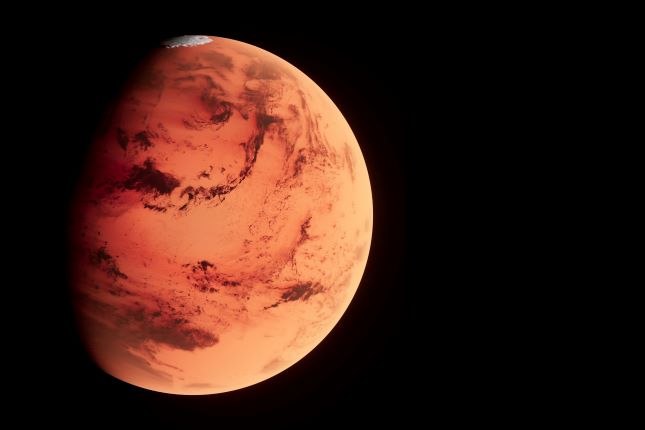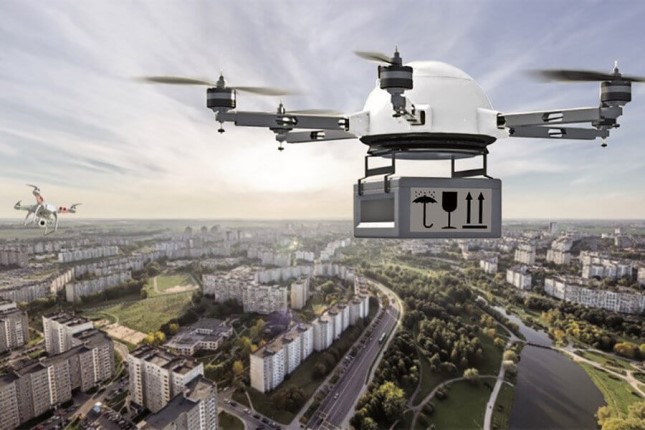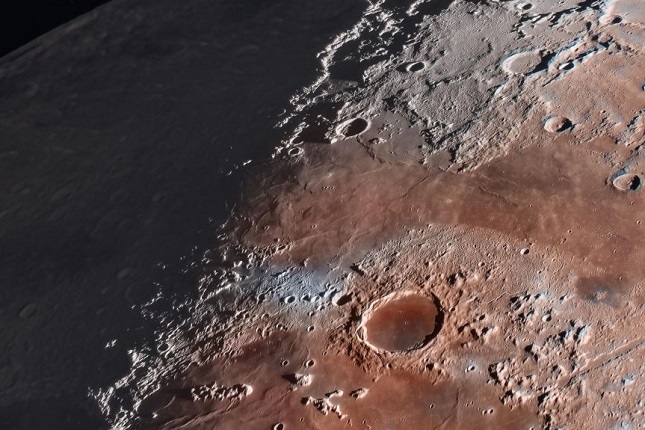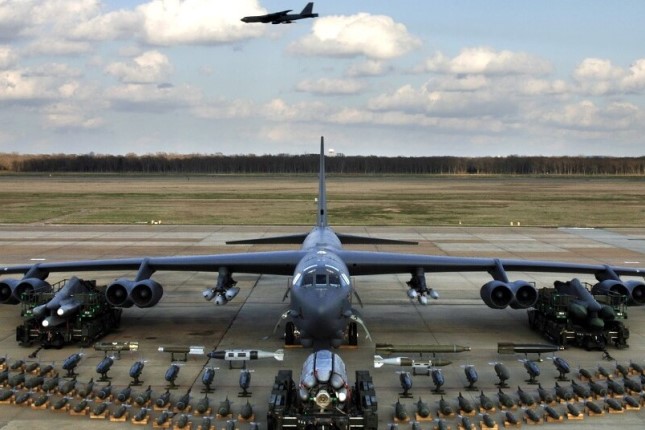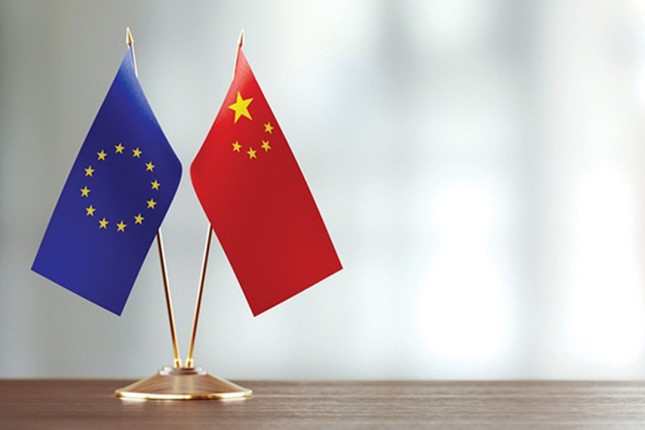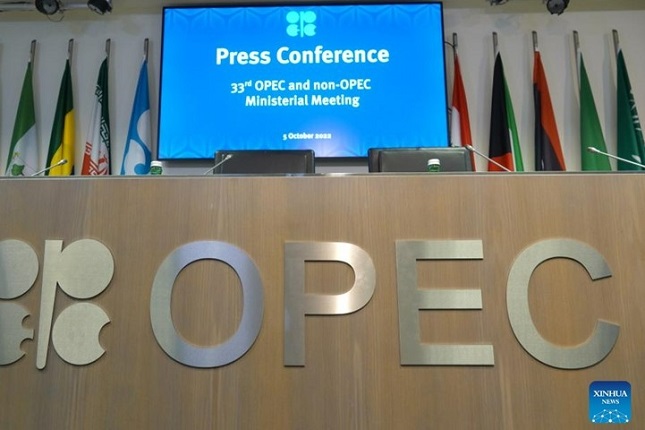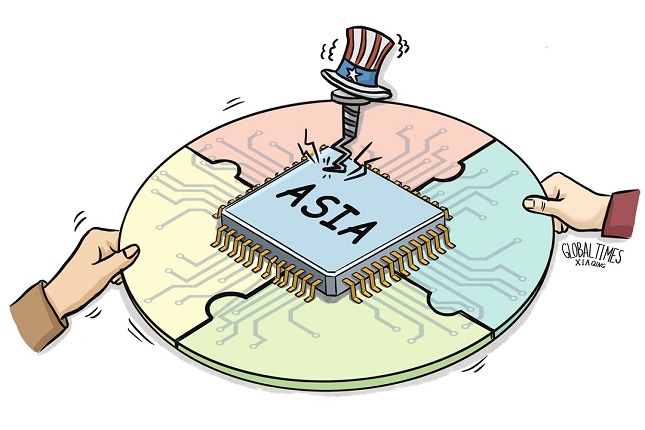Perhaps as a reminder of how it must have felt back in the USSR half a century ago, these days, not a week goes by without some breaking news about the accomplishments of China's space programme. The parallels are particularly striking considering that China is essentially going through the same motions as the Soviet one did back then with orbital stations being followed by a Moon rover, and by uncrewed planetary space probes.
In some respects, China’s space programme has already outstripped its Soviet predecessor, and by far. As a point of comparison, in July China’s Tianwen-1 interplanetary space probe completed its mission having finished, in just over a year’s time, taking images and mapping the surface of Mars, while the mission’s Mars rover travelled more than 3,280 ft on Martian surface in a matter of a few months. By contrast, the Soviet Union had sent close to a dozen missions to the Red Planet, but they all failed to see as much success as the United States’ Viking programme did. This would clearly have pleased Chairman Mao who once bemoaned that "China could not even put a potato into space".
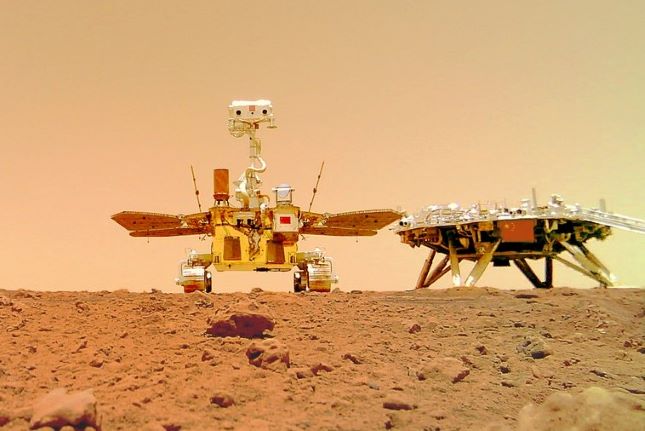
Selfie of China's first Mars rover Zhurong with the landing platform. Photo: CNSA
Although China’s first satellite was launched into orbit as far back as in 1970, the nation has been making its real breakthroughs in space exploration in the last two decades. China’s major achievements during this stretch of time include a manned flight, a Moon exploration programme, building an orbital spacecraft, and study of an asteroid and of Mars using an interplanetary space probe. In 2018, China climbed to the top of the list of countries with the most space launches with its 39 successful liftoffs against the US’s 31 and Russia’s 20. As years went by, China continued to hold on to its leadership. In 2021, the number of space launches by China exceeded Russia’s figures more than twofold. China’s reported 2020 space exploration budget stood at about USD 9 billion, which is still 2.5 times lower than that of NASA but is nearly five times the size of Roscosmos’s budget. As is often the case with military expenditures, the real number could be much higher than that.
One might wonder why would China, or any other major world power want to continue its space exploration efforts? Admittedly, near-Earth spacecraft is a separate matter here considering that they can be used for various practical applications, from reconnaissance and communications, to searching for potential archeological dig sites. But if we put these aside, the question that remains is why would China want to bother itself with the interplanetary exploration and all that goes with it, including the Moon, Mars, or Venus to which the Chinese are going to send a probe in four years (a schedule China is very likely to stick to, following a pattern that is quite unlike the modus operandi of Russia’s Roscosmos)?
It would be worth reminding of the tenor of the discussions that were once held years ago as a justification for killing the Soviet space programme. "Why spend money on God knows what when half of the Soviet people are unable to put decent food on their tables, etc." Clearly, China is not investing in space because it has nowhere else to put its money. As of the late 2010s, the World Bank estimated that more than 250 million people, or about 20% of the country's population, lived below the internationally recognised poverty level. So, wouldn't it be better, one might argue, to spend the USD 9 billion on improving the nation’s standards of living?
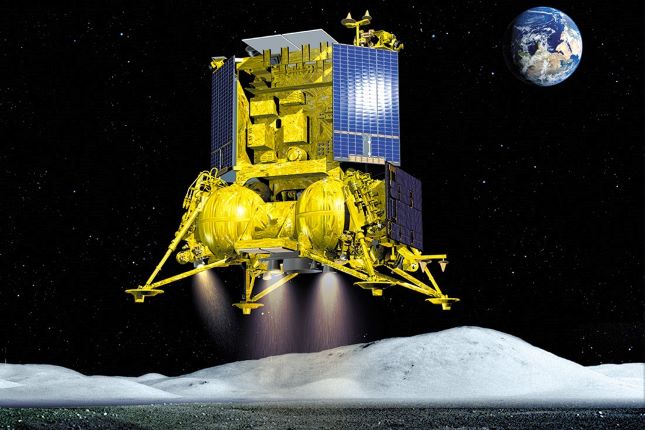
Russian lunar lander Luna 25. Photo: NPO Lavochkin
Well, first of all, as was the case during last century’s US-Soviet space race, it is a country’s ability to pursue and execute space exploration projects and programmes that is the prime measure of its level of technological prowess, a kind of self-check for whether you up to a certain standard. Since being able to launch near-orbit satellites into space has by now become a fairly trivial task, today’s leadership implies one’s ability to engage mostly in interplanetary research, as something that requires a very broad range of matter to be taken care of. Which is something that very few countries are capable of. A case in point is Russia’s futile attempts to launch its Luna 25 space probe to the Moon, something Russia has been trying, unsuccessfully, for over ten years in a bid to resume its Moon research programme. The launch, that has been plagued by constant delay, is yet to take place.
Secondly, any country that aspires to become the global leader must be prepared to set some global objectives for itself and, by definition, for all mankind. Clearly, China has such ambitions so its objectives are expected to reflect the "aspirations" of all people rather than those of the Chinese. In this respect, space exploration is an ideal environment as it seems to be a purely altruistic activity, at least for now. It is unlikely that China will be suspected of trying to reap tangible benefits in space at the expense of other nations. Beijing’s economic projects, however, are a totally different matter. Ongoing discussions of China’s global economic initiative known as One Belt, One Road are a case in point.
Thirdly, history has shown that in order to function properly any society needs a certain degree of romanticism or a certain myth. Strange as it may seem, excessive rationalisation of life triggers entropy. It is worth remembering that the Soviet Union scrapped large-scale interplanetary projects in the mid-1970s even though Moscow successfully launched a number of probes to Venus in the early 1980s. The main idea was to concentrate efforts on exploring near-Earth space. In public life, the change in space-related priorities coincided with the onset of petit bourgeois tastes in Soviet society, which reframed the focus of interests exclusively on the material aspects of life. As a result, this took the wind out of the country’s sails and eventually led to a large-scale crisis and the collapse of the Soviet Union.
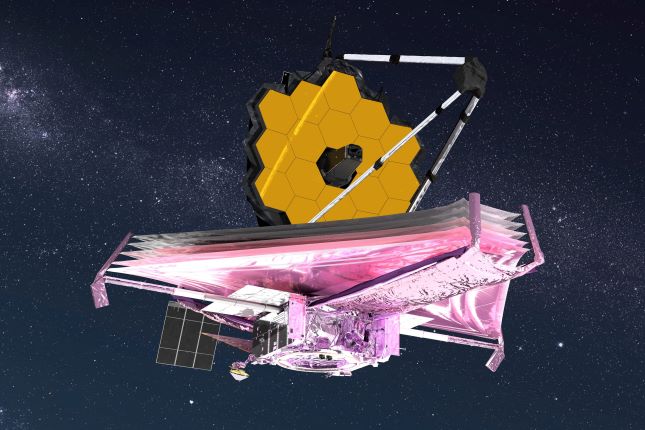
The James Webb Space Telescope
Undoubtedly, space exploration is an integral part of the "Chinese myth" promoted by the country’s leadership. According to this myth, China is supposed to become a force capable of showing the troubled world a path toward healthy development. It should be noted that in the United States space programmes currently account for a mere 0.3% of the country’s annual USD 6.6 trillion budget. It is safe to say that space exploration is stagnating in the U.S. too even though NASA has been reasonably successful in exploring Mars and launching the James Webb orbit telescope.
Assuming the U.S. and China avoid a direct military clash and an all-out trade war in the coming years and assuming their economies remain more or less equal in size, a large-scale space project or a series of smaller achievements on several fronts at once may become a litmus test to determine the world’s leading superpower. Let’s take a look at what China has in store in terms of space exploration in the next few decades:
- Three-ton nuclear-powered probe to orbit Neptune. To be launched in 2030
- Probe to Venus. To be launched in 2026
- Five manned missions to Mars in 2033-2043
- Mission to the near-Earth asteroid Kamoalev to deliver asteroid matter to Earth. Scheduled for 2022-2024
- Mission to explore Jupiter and its largest satellites in 2029-2030
- Mission to deliver samples from the surface of Mars in 2028-2030
- Robotic station on the Moon. Construction to start in 2023
- Orbital station. To be completed in 2023
- Superheavy rocket for flights into deep space. To be developed this decade.
When it comes to implementation, China’s space agency has a better track record than Roscosmos. Even if the "agenda" listed above is implemented in part, China is set to become a clear leader in space exploration. This is especially true for the proposed mission to Mars, a dream of mankind over the last century, even though the Chinese mission is still a long way from lift-off.
It is unsurprising that in May this year NASA hastily announced its own programme of missions to Mars. However, no specific launch dates were given. Besides, the projected missions were linked to the Artemis lunar project which is expected to put US astronauts back on the Moon by 2025. However, given the magnitude of problems faced by the United States today, it is safe to assume the lunar mission will be rescheduled and the flight to Mars will not go ahead at all for at least another twenty years.
